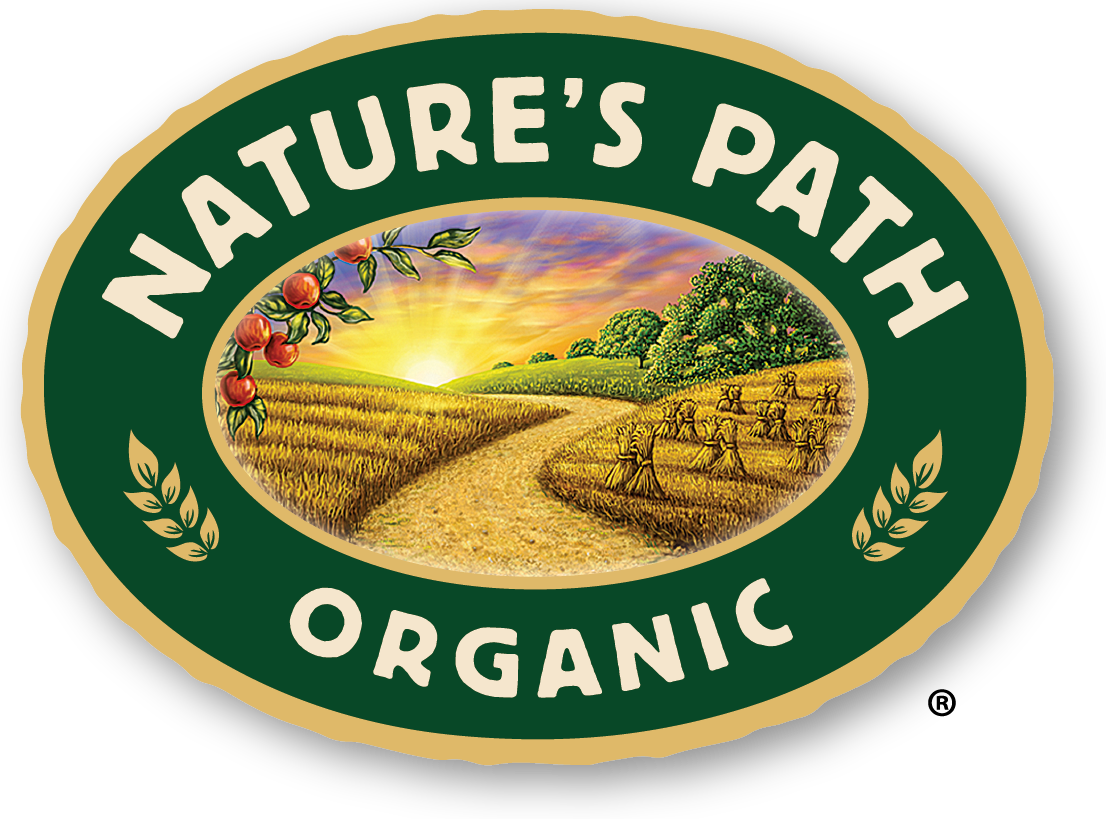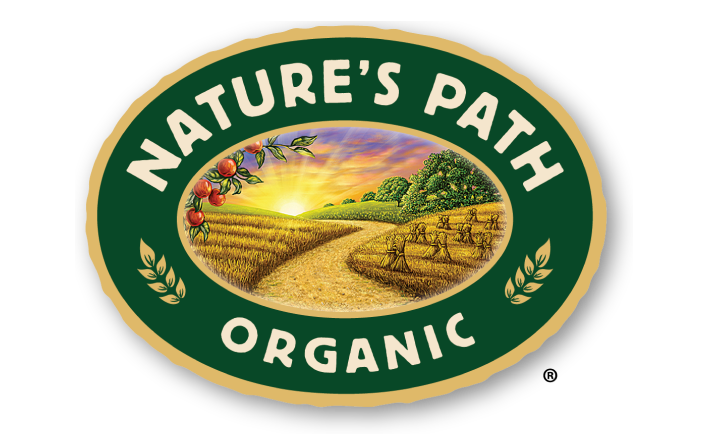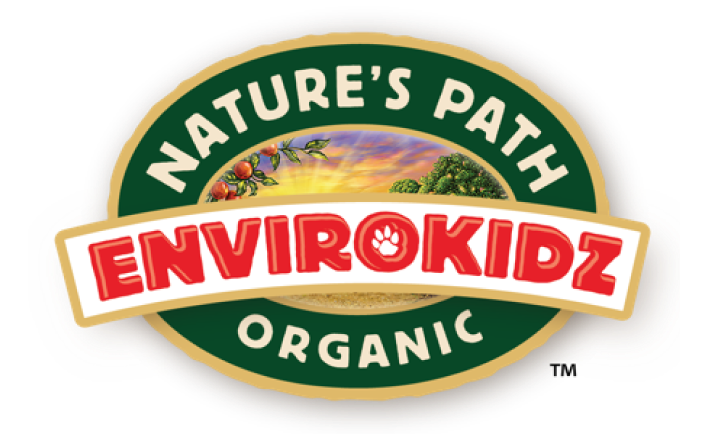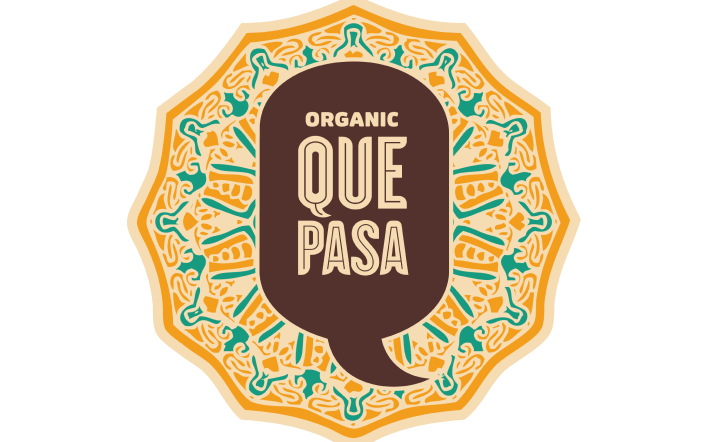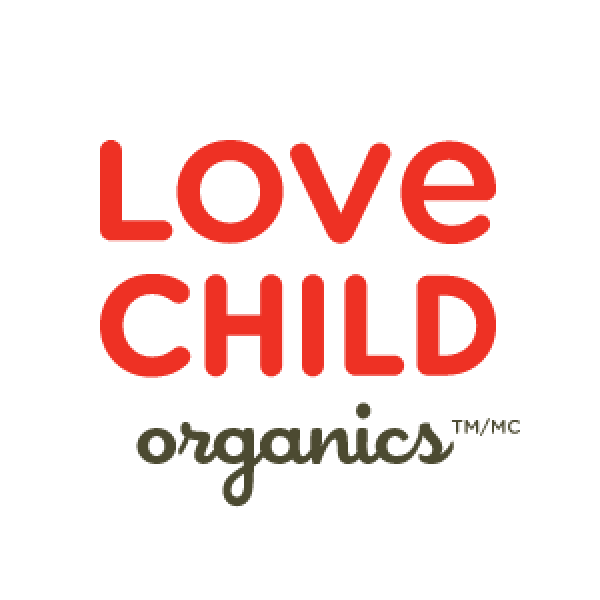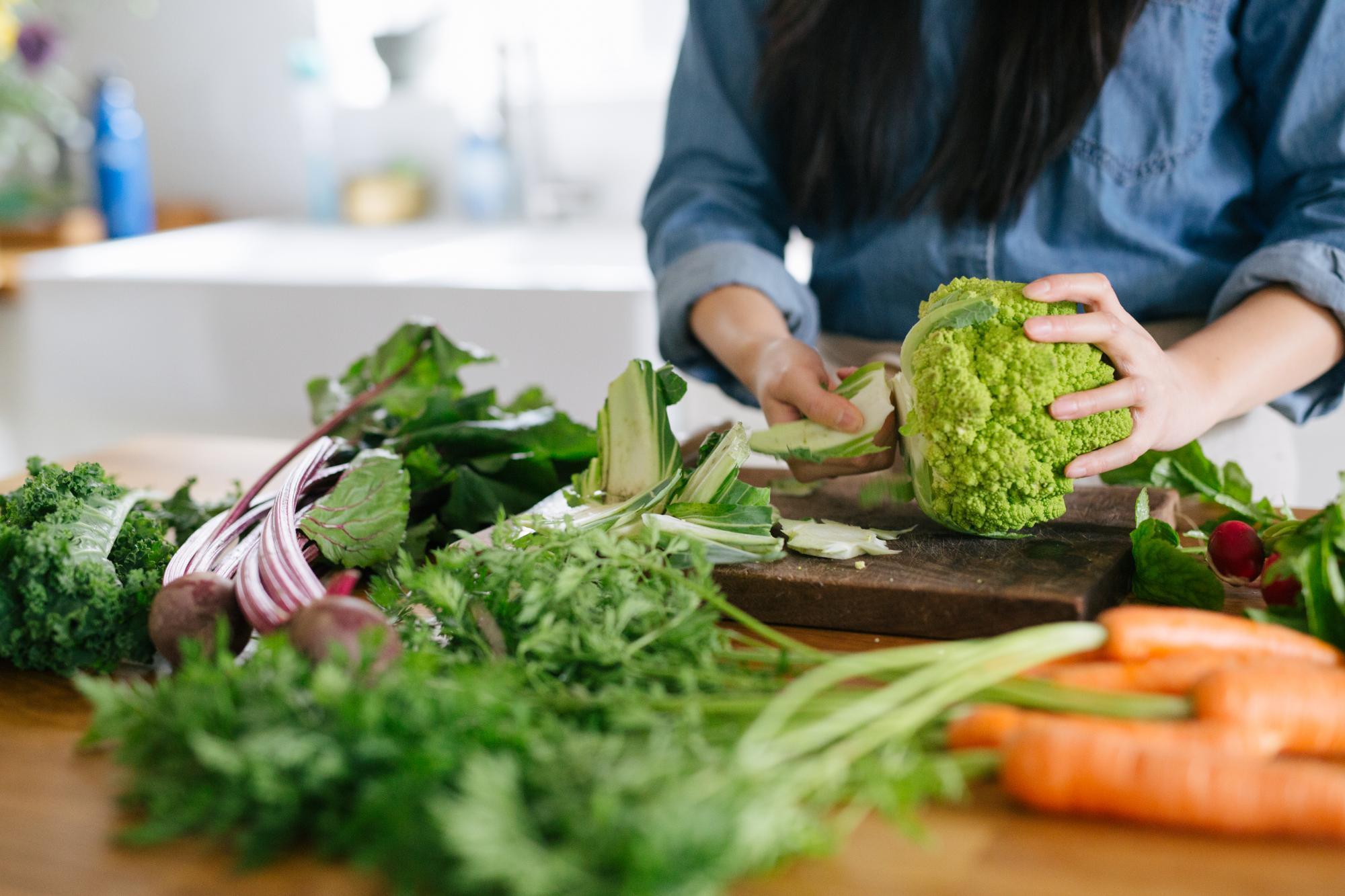
How to Crave Healthy Wholesome Organic Food
As we round out the first month of New Year resolutions, when our efforts at cleansing and healing through food are at their annual zenith, I’ll let you in on a secret older than all the food fads: if you learn how to listen, your body will tell you what you should eat.
n
Tags:
As we round out the first month of New Year resolutions, when our efforts at cleansing and healing through food are at their annual zenith, I’ll let you in on a secret older than all the food fads: if you learn how to listen, your body will tell you what you should eat.
Although your body knowing what it needs and steering you toward it with cravings is not an exact science, it is a phenomenon that science increasingly acknowledges. This is not a straightforward task and there are plenty of things to distract you. Top among them are junk foods designed to take advantage of the same principles that can otherwise inspire healthy eating habits – flavors that signal resources like energy and nutrient density.
Junk food distils these essential flavors down to their singular and least-beneficial forms: sugar, salt, and fat. As found in whole foods, more subtle versions of those flavors can lead you to caches of high-quality vitamins, phytonutrients, and heart-healthy, cancer-fighting fats (like in nuts and avocado). Junk food has trained our palates to crave concentrated, isolated flavors. Whole food, plant-based diets can eventually recalibrate your taste buds so that you and your cravings seek out balance. Below I highlight a few benefits of eating whole, organic foods and factors that affect taste and nutrition.
Whole Foods are Fresh
The moment a leaf, stem, or fruit is plucked, its nutritional quality begins to deteriorate. The cells within the harvested portion continue to do what they did before they were picked – metabolize starches through a process called respiration:- Unlike leaves on a plant, as the harvested produce respires, it has nowhere to pull new starches from and, over time, consumes all available reserves.
- Respiration goes undetected at first, but eventually you will see its handiwork: yellowed leaves and moisture inside the bag from condensation, both of which quickly lead to rot.
- Along with the starches that make it taste better, post-harvest respiration also reduces a vegetable’s nutrient levels.
The Impact of Plant Breeding & Soil Health
A food can only be as nutritious as its genetics allow. Not all tomatoes (or kales, or lettuces, or broccolis) are created equally. Since the dawn of agriculture, we’ve been influencing the nutritional profile of our crops and – especially with the rise of industrial agriculture – plant breeding has focused more on storage life and transportability than on flavor or nutrition. Plants draw the basic building blocks of vitamins and phytonutrients from the soil, but what if there are fewer nutrients to draw from? Soil health has been on the decline in the face of intensive farming practices that take more nutrients than they return. As a result, our food has become less healthy.Nutrition & Organic Foods
Whether or not organic foods are inherently more nutritious than their conventionally grown counterparts is contentious, however, there’s no question that the above indicators of nutritional quality tend to overlap more with organically grown foods. Because organic certification requires multiple soil-building practices, all organic products come from a system with a stronger soil profile. Organic operations tend to be small- to mid-size farms with a focus on flavorful varieties and local distribution that (especially in the form of farmer’s markets and CSAs) offer consumers access to the freshest produce possible, short of growing it yourself. While there are exceptions on either side, conventional agriculture generally favors large-scale, wholesale systems that do not put a premium on flavor or freshness.Tasting Nutrition
Making choices that increase your exposure to whole foods – those where the sugar, salt, and fat are accompanied by a healthy dose of nutrients – will start you on a path to craving the right flavors. Choose the freshest produce you can find, varieties bred for flavor and nutrition, and foods grown in healthy soils. It takes effort to break away from processed foods, but, unlike most diets, this one lets you eat whatever you want because it teaches you how to really want it.Would you like to be the first to hear about our new products and more? Sign up for our Nature’s Path Newsletter.
